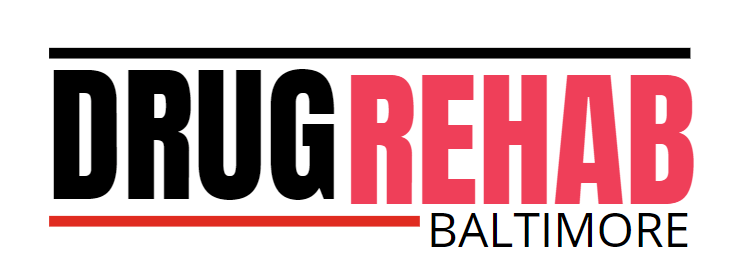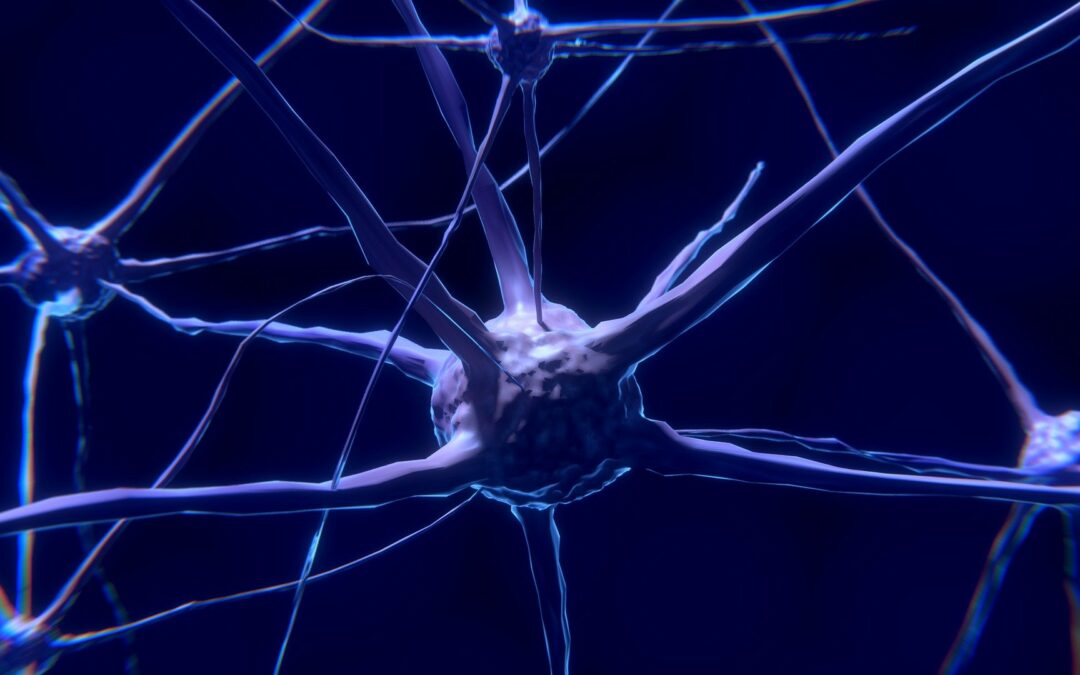Nervous System (CNS) Inhibitors:
Central Nervous System depressants hurt the brain’s ability to operate normally. Some depressants have the potential to become general anesthetics at large doses. It includes sedatives and tranquilizers. The chemistry and pharmacology depressants allow us to classify them into two broad categories:
Illustration of the brain:
Some anti-anxiety drugs, such as mephobarbital (Mebaral) and pentobarbital sodium (Nembutal), treat panic attacks. Diazepam (Valium) and chlordiazepoxide HCl are both benzodiazepines (Librium), To treat anxiety, acute stress reactions, and panic attacks, as well as alprazolam (Xanax). Some benzodiazepines, such as estazolam, can be used for short-term therapy of sleep abnormalities, such as anxiety disorders (ProSom).

Neurotransmitters, a family of molecules found in the brain, facilitate communication between brain cells. GABA works by calming the mind, which helps to lower brain activity. Ultimately, it is the increase in GABA activity, rather than the sort of Central Nervous System depressant that causes sleepiness or relaxation, that is responsible.
When dealing with anxiety or sleep issues, the usage of barbiturates and benzodiazepines can be beneficial; nevertheless, they are highly addictive and should only be used under the guidance of a medical professional to avoid addiction. Experts should not use CNS depressants such as prescription pain medicines, some over-the-counter cold and allergy remedies, and alcohol together in the same dose.
It is possible to die from slowed breathing or slowed heart rate and respiration when they are combined. Medical monitoring and counseling in either an in-patient or out-patient setting can be beneficial in treating Central Nervous System depressant addiction. People have been helped by cognitive-behavioral therapy, for example.
Stimulants:

The Central Nervous System blood pressure, heart rate, and respiratory rate increases are connected with enhanced alertness and energy. Previous studies found that stimulant addiction is linked to a variety of stress-related diseases, including asthma and respiratory problems, as well as obesity and brain abnormalities. The dangers of stimulant abuse and addiction have reduced their use.
Only a few medical problems, such as narcolepsy, ADHD, and depression that have not responded to other therapies, are now prescribed stimulants. Short-term therapy of obesity and asthma may potentially benefit from stimulants. Dexedrine and Ritalin, two stimulants with molecular structures comparable to those of brain neurotransmitters known as monoamines, contain dextroamphetamine (Dexedrine) and methylphenidate (Ritalin).
Dopamine and norepinephrine are two examples; Stimulants boost the brain and body’s levels of these substances. As a result, the blood pressure and heart rate rise, the arteries constrict, the blood glucose levels rise, and the respiratory system’s routes become more open. Stimulant use is related to an increase in dopamine, which can lead to a feeling of euphoria.
The Central Nervous System taking stimulant medicines like Ritalin in the form and dosage prescribed by a doctor, according to research, is safe for persons with ADHD. Stimulants, on the other hand, can become addictive if used excessively. Abuse of stimulants has the potential to be fatal. Stimulant usage in big doses can result in irregular heartbeats, dangerously high body temperatures, cardiovascular failure, and seizures, among other negative effects. Large doses of certain stimulants may create violence or paranoia in some people over time..
Healthy in body, healthy in mind, healthy in spirit, we are here to serve you and help you. In closing, we say, don’t be an island unto yourself, a helping hand can take you a bit further than you imagine, Don’t hesitate to contact us at (667) 215-5549. Supporting local communities and our dear clients to Be safe!


Recent Comments